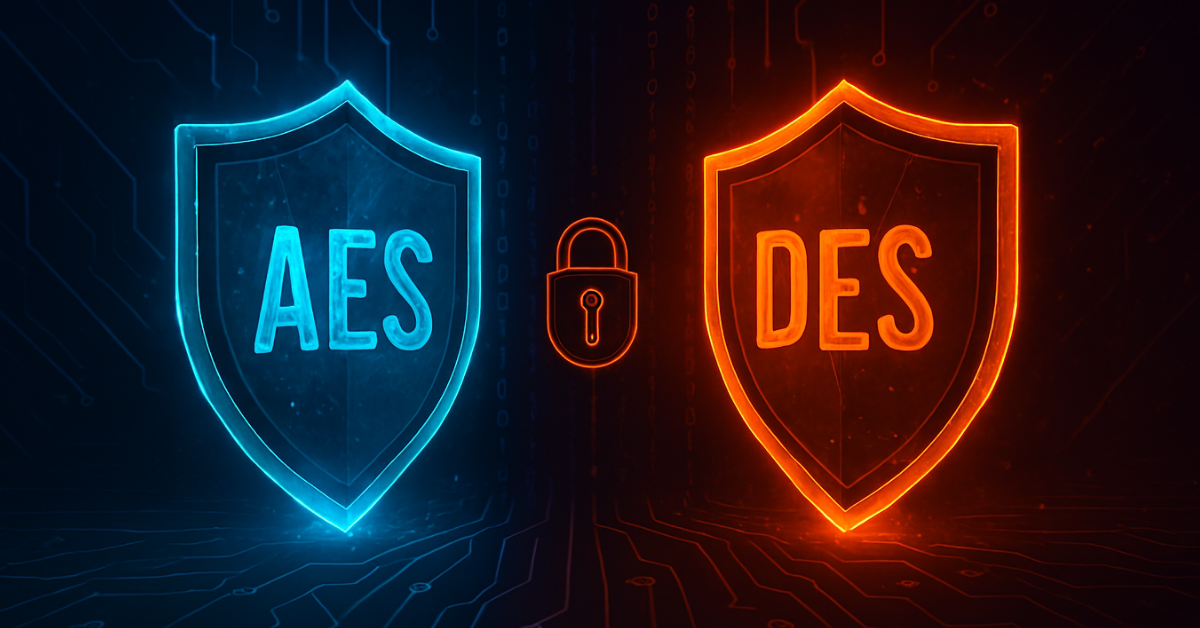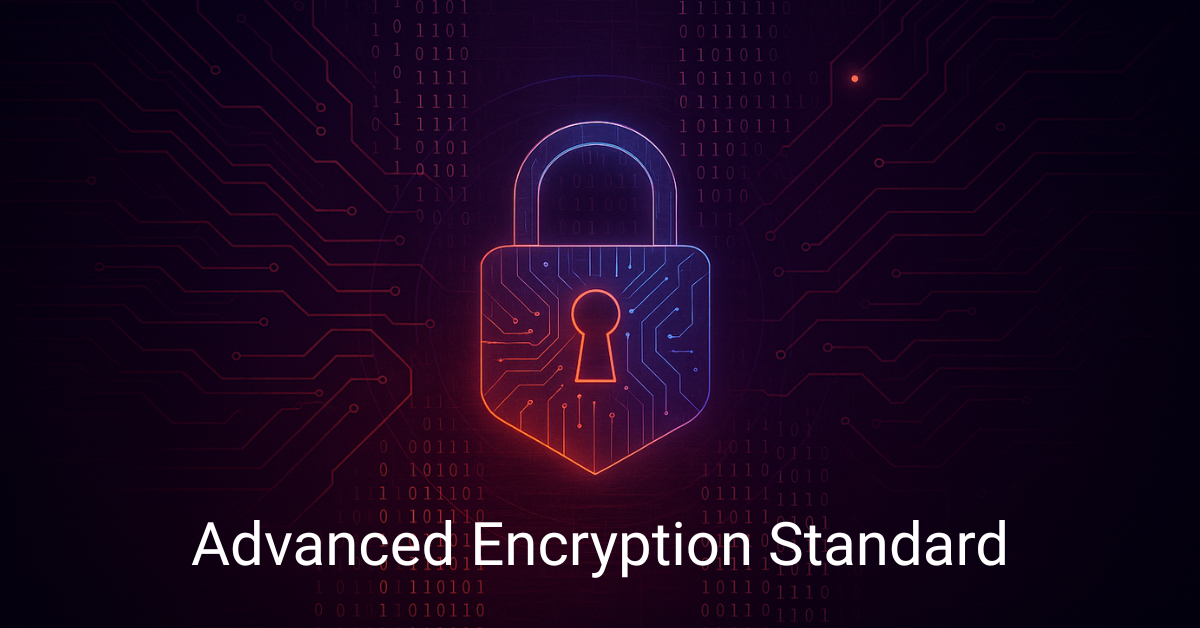The Ultimate Guide to Secure Data with the Blowfish Encryption Algorithm
The blowfish encryption algorithm stands out as one of the most impactful developments in cryptography. Designed to be fast and unbreakable within practical limits, this symmetric-key cipher provides robust security for a wide range of digital applications. In this comprehensive, high-value guide, you’ll get a deep dive into blowfish encryption, understand its real-world uses, and learn the intricacies of implementing and analyzing its strengths and vulnerabilities.
Understanding Blowfish: What Is It?
Blowfish is a symmetric block cipher invented by Bruce Schneier in 1993 as a replacement for the aging DES (Data Encryption Standard). As a 64-bit, block-based encryption technique using variable-length keys, blowfish encryption algorithm quickly gained favor for its flexibility, speed, and resilience against brute-force attacks.
Key Features of Blowfish Encryption Algorithm
- Variable Key Length: Supports keys ranging from 32 to 448 bits, offering high adaptability based on security needs.
- Fast Performance: Designed for high speed on 32-bit microprocessors, making it suitable for software applications.
- Public Domain: Blowfish is unpatented and freely available, enabling widespread adoption without licensing barriers.
- Simplicity and Strength: Its simple structure facilitates easy implementation, but the complex key expansion and Feistel network ensure strength.
How Does Blowfish Encryption Work?
At its core, blowfish encryption processes data blocks of 64 bits through a 16-round Feistel network. Each round uses a key-dependent lookup in S-boxes and permutation boxes (P-boxes) derived from the encryption key.
- Key Expansion: The input key is converted into several subkeys, populating the P-boxes and S-boxes. The process is computation-heavy but guarantees resistance to key-related attacks.
- F-function: Each round employs an F-function (a combination of addition, XOR, and lookup operations) to scramble the message, ensuring diffusion and confusion as per Shannon’s principles.
- Encryption and Decryption: Both operations use the same algorithm structure but reverse order of subkeys. While blowfish encryption is fast and secure for encryption blowfish and blowfish encryption and decryption implementations, its key setup can be slow for each new key.
Strengths and Advantages of Blowfish Encryption
1. Exceptional Security
No practical cryptanalysis has succeeded in breaking full-round blowfish to date, making the notion of blowfish encryption cracked almost folklore. The 448-bit key space thwarts brute-force attacks.
2. Speed and Efficiency
The blowfish encryption algorithm outpaces many alternatives, especially in software. Its design allows rapid encryption and decryption, ideal for password protection, VPNs, file storage, and custom security protocols.
3. Flexibility for Developers
Blowfish is available in almost all major programming languages and supports a variety of applications. Its permissive license and minimal dependencies make it popular for embedded devices and legacy systems.
Weaknesses and Limitations
Despite its dependability, blowfish is not without caveats:
- Block Size Limitation: With a 64-bit block size, blowfish is vulnerable to birthday attacks if large volumes of data are encrypted with the same key. After processing 32GB of data, risks increase.
- Replacement by Modern Ciphers: Algorithms such as AES (Advanced Encryption Standard) now dominate new deployments, primarily due to larger block sizes (128 bits).
- Fixed Structure: Blowfish encryption does not support modern authenticated encryption schemes without custom modifications.
Blowfish Encryption Example: A Practical Walkthrough
To demonstrate blowfish encryption, let’s encrypt a sample plaintext.
- Plaintext:
HelloWorld1234 - Key:
TestKey123
Steps:
- Key Expansion: The key seeds the P-box and S-box arrays through repeated encryption cycles.
- Block Processing: Data is split into 64-bit (8-byte) blocks.
- Encryption: Each block undergoes 16 rounds of encryption, involving permutations and substitutions.
- Output: Encrypted ciphertext (usually represented in hexadecimal or base64 encoding).
Depending on your programming language, reliable libraries like OpenSSL, Crypto++, or dedicated modules in Python and Java provide straightforward blowfish encryption and decryption.
Comparing Blowfish with Other Encryption Algorithms
- Against DES: Blowfish is superior in both key size and resistance to differential cryptanalysis. Read more in our comprehensive guide to DES.
- Versus AES: While AES boasts larger blocks and better performance on hardware, blowfish’s flexibility and open design still make it relevant in certain contexts, especially where compatibility or legacy support is needed. Explore our 2024 guide on AES for a deeper comparison.
- Versus Twofish: Twofish, Schneier’s successor design, builds on blowfish, addressing block size limitations and adding more security features, but comes with increased complexity. Learn more about Twofish encryption in our dedicated article.
Is Blowfish Encryption Cracked?
There’s a persistent myth of blowfish encryption cracked. The reality: no known practical attacks exist against the full 16 rounds. Weak keys and reduced-round variants can be vulnerable in theory, but properly implemented blowfish encryption algorithm remains secure for intended scopes. Nevertheless, data-intensive applications should favor ciphers with larger block sizes to future-proof against statistical attacks.
Basic Implementation Steps
For developers looking to integrate the algorithm:
- Select or generate a sufficiently long, random key.
- Initialize the algorithm’s P-boxes and S-boxes with the key.
- Divide your data into 64-bit blocks; pad if necessary.
- Apply the encryption function for each block.
- Store or transmit the ciphertext securely, managing keys with best practices.
Tip: For network use, combine blowfish with authenticated modes like CBC-MAC or newer protocols; never roll your own mode.
Real-World Applications of Blowfish Encryption
- Password Hashing: Many password managers and Unix systems employ variants for secure storage.
- VPNs and SSL: Some legacy VPN solutions and web servers still support or use blowfish.
- File Encryption: Open-source tools leverage blowfish for single-user file and disk encryption.
As a classic, blowfish encryption continues to protect sensitive data in scenarios where compatibility, open licensing, and proven robustness are priorities.
Advanced Topics: Key Management and Security
- Key Size Choice: The longer the key, the stronger the encryption; select 128 bits or higher in modern implementations.
- IV Management: For secure repeated use, always use a unique initialization vector (IV) where required.
- Secure Key Exchange: Use asymmetric cryptography to share session keys securely over networks.
Encryption Blowfish in Industry Standards
Although less common among modern standards, some niche protocols still mention or utilize blowfish for legacy support. Be sure to consult compliance requirements when selecting blowfish encryption algorithm for regulated environments.
Alternatives and Migration Paths
Should you use blowfish now?
- For Legacy & Compatibility: Yes, if mandated or for supporting old systems.
- For New Deployments: Prefer AES for new systems due to its stronger security guarantees and broader adoption.
Migrating from blowfish to AES or another modern cipher involves careful data conversion and key re-encryption procedures to maintain data security.
Summary
The blowfish encryption algorithm offers a unique balance of speed, flexibility, and proven security. While not recommended for encrypting vast quantities of data due to block size limits, it remains a trusted choice for legacy systems and smaller-scale data protection needs. Understanding its features, implementation steps, and best practices ensures you take full advantage of what blowfish encryption provides avoiding pitfalls and optimizing for safety.
For those seeking robust and efficient encryption with a long-earned reputation, mastering blowfish encryption should be part of any security professional’s toolkit.
Further Reading:



